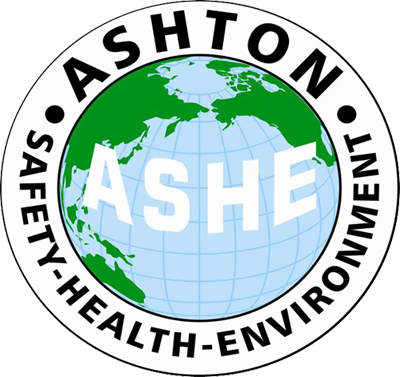Hazard Identification and Risk Reduction
ASHE can assist you in identifying and documenting your workplace hazards and risks, to enable robust risk reduction measures to be implemented where necessary, in-turn reducing workplace incidents.
There is often confusion about the difference between Hazard and Risk in an HSE related occupational setting. Often the two terms are used interchangeably, creating confusion when it comes to formal identification of workplace hazards. The definitions which best work for our Clients is as follows:
Hazard
A substance, situation, process or item which has the potential to cause harm to personnel, environment, plant or equipment. Commonly used categories of hazards include:
Biological (relating to biology and living organisms)
Chemical (relating to hazardous compounds and substances)
Physical (can cause harm with or without direct contact)
Ergonomic (can cause harm to the musculoskeletal system)
Psychosocial (relating to thoughts and behaviours)
Environmental (can cause harm to the surrounding environment e.g. water and air quality and plant, animal life)
Risk
Risk can be defined as the potential for a hazard to cause harm to people, the environment, property and equipment. This of course is different to a risk rating which takes into account both the likelihood of the hazard causing harm, and the potential consequences. Employers have a requirements to comply with all applicable legislation, and a legislative duty of care to reduce risk in the workplace to as low as reasonably practicable (ALARP), taking into account the risk rating and the availability, suitability and costs of reducing the risk.
Common tools used for hazard identification and risk management include Hazard Identification Workshops (HAZID) and Hazard Operability Studies (HAZOP), both of which ASHE have vast experience in facilitating. Arising from HAZIDs and HAZOPs, or smaller risk workshop/meeting type scenarios for smaller businesses.
ASHE can assist in development of hazard/risk registers, which are viewed as the starting point for workplace risk management. They must be thorough and applicable to the workplace or project so that detail can be carried through to task specific risk assessments, including SWMS and JSEAs.
Hazard and risk are complex subjects. ASHE are here to assist in understanding them and ensuring you meet your legislative duties in reducing risk to ALARP.
